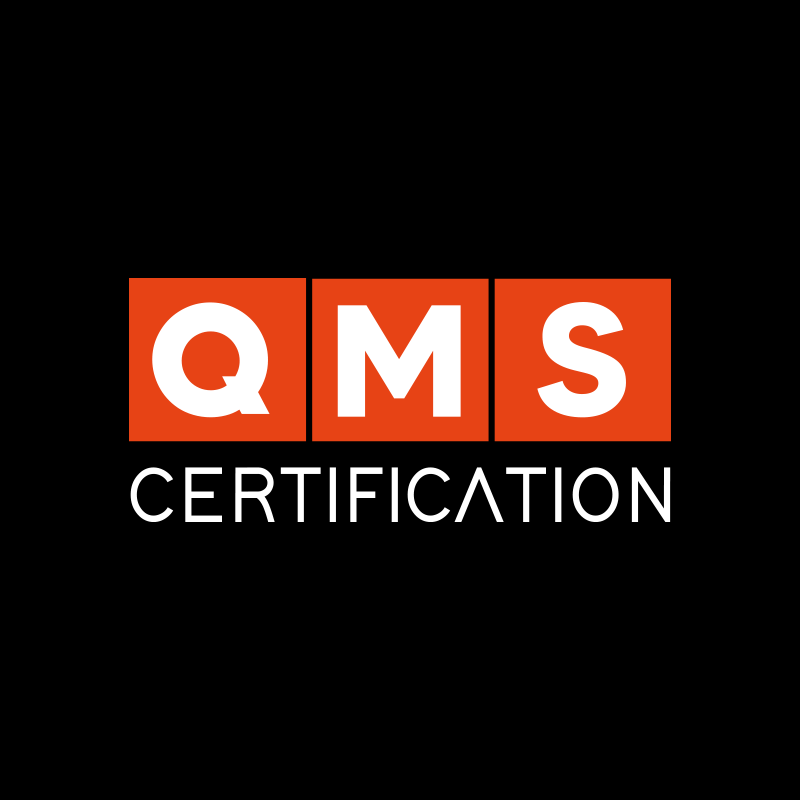Implementing ISO 45001, like any other ISO standard, can give room for several mistakes. This can happen for different reasons: lack of competence among project leaders, poor understanding of the standard, execution problems, or even the immaturity of the management system itself.
These mistakes can be costly, compromising the future of the Occupational Health and Safety Management System (OHSMS) as a whole. Some may prevent people from engaging, others may result in accidents not being prevented, and some may even put certification at risk. In other words, when the system is not correctly implemented, the purpose of the OHSMS is lost.
That’s why in today’s article, we’ll go over some common mistakes in implementing ISO 45001 that must be avoided. Some of them also apply to other standards, but today our focus will be on ISO 45001. By reading this text, you’ll recognize the red flags and know what to prioritize when working on implementations.
Mistake 1 – Implementing documents instead of a system
Unfortunately, many companies still believe that creating manuals, policies, and procedures is enough to achieve ISO 45001. When this happens, they end up treating the project as a purely documentary exercise. Instead of creating processes, controls, and monitoring systems, they just create bureaucracy.
The biggest problem is that the standard requires practice — only then can it make a real difference in the company. It’s essential to spend time developing real controls, involving leadership, and consulting workers. The real focus should be on preventing accidents and ensuring the health and well-being of employees.
Otherwise, the consequences are obvious: paper without action does not sustain certification! Much less does it improve productivity or reduce absenteeism. So, go beyond documents!
Mistake 2 – Not involving employees in the project
One of the greatest differentiators of ISO 45001 is its emphasis on worker consultation and participation. The standard requires that this stakeholder group be consulted because they are the most affected by its actions.
When companies ignore employee input, certification itself becomes impossible. In addition, these organizations end up with procedures that don’t work in practice, routines that only exist on paper, and processes that neither protect people nor improve results.
Therefore, one of the worst mistakes in implementing ISO 45001 is ignoring those who should benefit the most. Engage workers, encourage participation, and make OHSMS a tool for improvement and overall engagement!
Mistake 3 – Superficial risk and opportunity assessment
Another frequent error is carrying out only a superficial risk assessment — just filling out spreadsheets to “check the box” and provide false evidence during an audit.
However, the standard requires robust analysis, considering physical, chemical, biological, psychosocial risks, and also opportunities for occupational health and safety improvement. This assessment is often what truly prevents incidents and improves operations.
When a company ignores threats, it is also likely to overlook accidents and problems that may lead to absenteeism. That reduces productivity and burdens managers and processes with staff shortages. On the other hand, when it ignores opportunities, it misses chances to boost productivity and competitiveness.
Mistake 4 – Top management not engaging in ISO 45001 implementation
This is one of the most serious problems. Top management can be a major barrier when it comes to allocating resources or implementing OHS controls. Moreover, when leadership doesn’t engage, it sends a clear message to the rest of the organization: ISO 45001 implementation is not important.
For these reasons, the standard is very clear: leadership must take responsibility for the OHSMS! When senior management delegates everything to “the safety technician” or “HR,” the process loses strength, and strategic decisions and resources don’t follow through. This renders the system obsolete even before it’s fully implemented.
Therefore, top management’s engagement is the first and most important step. With it, we can build a robust and active system that improves employees’ lives, fosters improvements, drives results, and enhances processes. This leads not only to certification but also to a safer, more competitive, and sustainable company!
Mistake 5 – Seeing ISO 45001 only as certification
There are many other mistakes we could mention, but let’s close with perhaps the most common: implementing ISO 45001 with the sole focus of “getting the certificate.”
This approach prioritizes passing the audit rather than genuinely improving employee health and safety. Such systems tend to weaken after the “seal on the wall.” As the system weakens, more effort is required to maintain certification, consuming resources and creating more bureaucracy.
Always remember: the true essence and value of ISO 45001 lies in protecting people and saving lives! Implementing the standard conscientiously means investing in a solid prevention culture, where every employee feels like an active part of workplace safety.
When applied genuinely, the standard ceases to be just a requirement and becomes a competitive advantage, strengthening trust, engagement, and organizational sustainability. Instead of bureaucracy, it creates a living system capable of transforming the workplace into a safer, more productive, and more human environment. The choice is yours: empty paperwork with no purpose, or real change in your company and in the lives of your employees!










